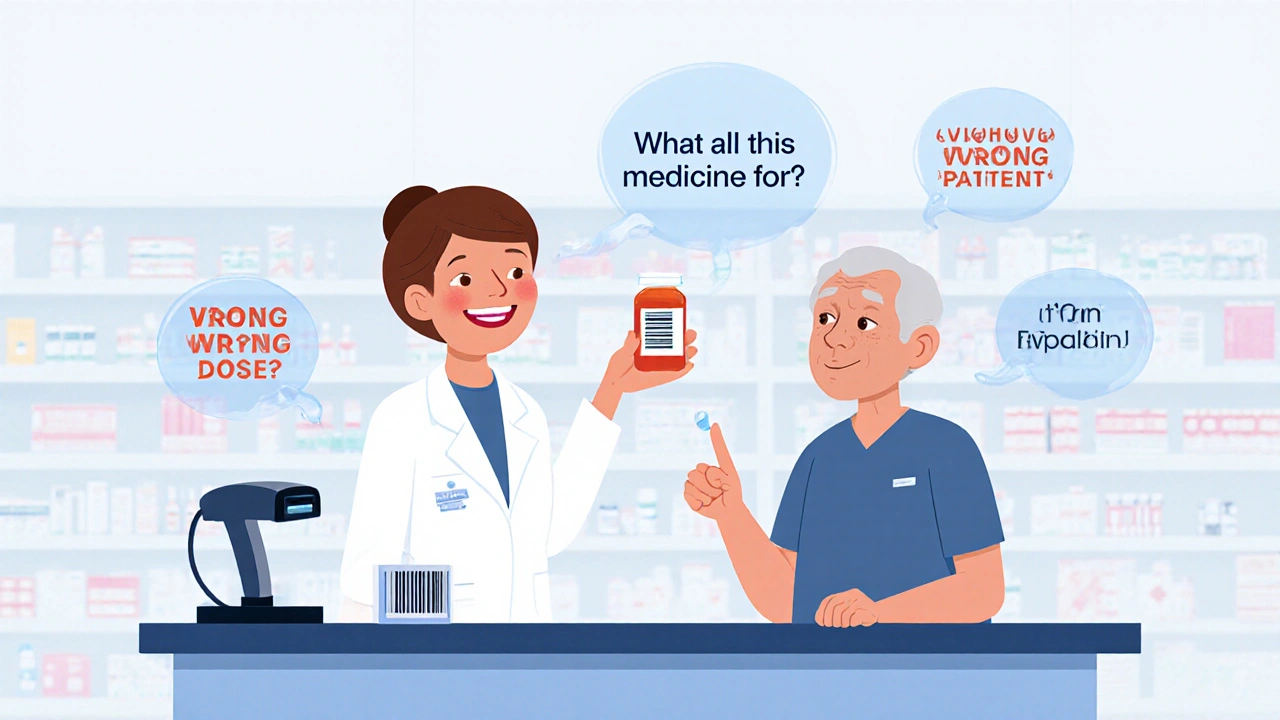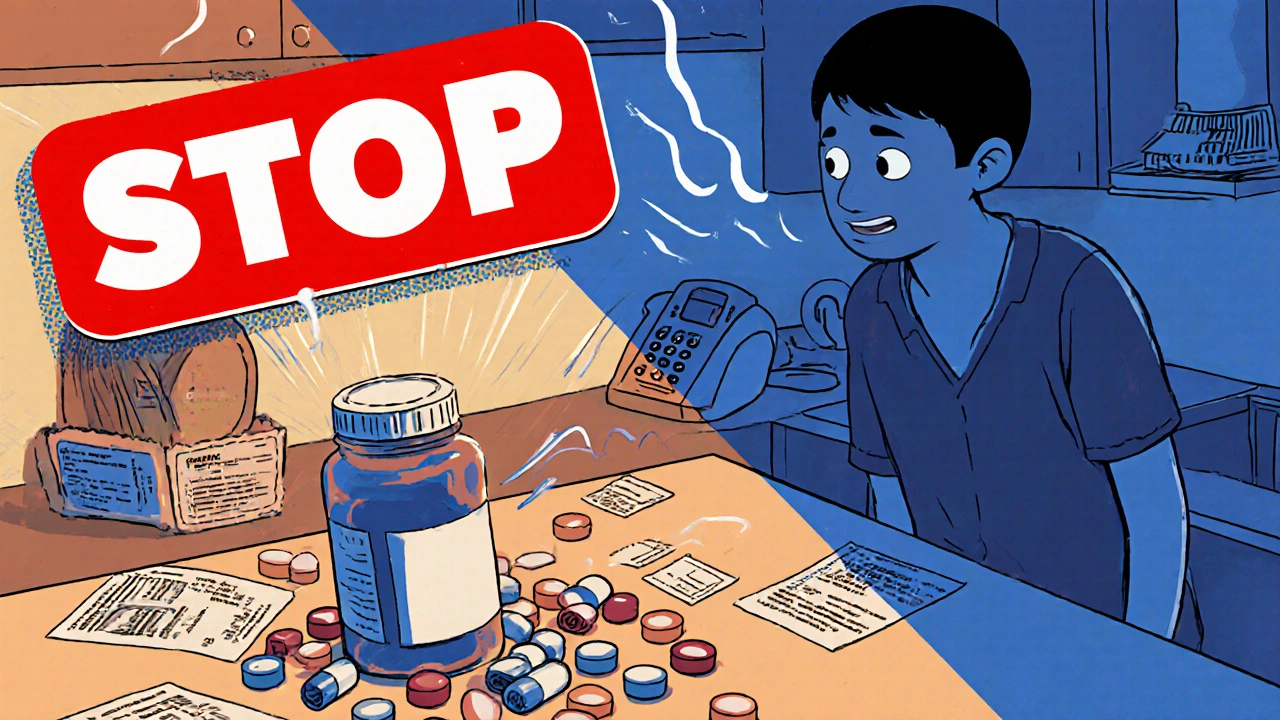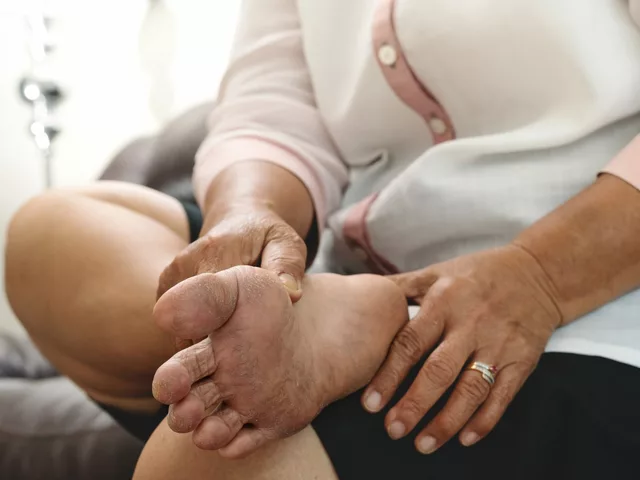Pharmacy Safety: Simple Steps to Buy Medicines Safely
Buying medicine online or using a new pharmacy can feel risky. Fake pills, wrong doses, and shady sellers are real problems. This page gives clear, practical steps you can use today to check a pharmacy, protect your prescription, and keep your medicines working like they should.
Spotting safe pharmacies
Always ask: does this pharmacy require a prescription? Legit pharmacies will. Look for a visible license number and a way to reach a pharmacist by phone or chat. Check the site uses HTTPS and shows a real business address. Search the regulator in your country (FDA in the US, MHRA in the UK, TGA in Australia) or look for trusted seals like VIPPS or your national pharmacy board.
Red flags: insanely low prices, no prescription needed for prescription meds (like glyburide or Coversyl), vague contact info, or only accepting bank transfers. If reviews read like short ads or come from unknown sites, treat them with caution. When in doubt, call the pharmacy and ask to speak to a licensed pharmacist about your medication.
Everyday safety tips for handling meds
Keep the original packaging and check the lot number and expiry date when a delivery arrives. Compare the pill size, shape, and imprint against official images or your local drug guide. If anything looks off—taste, color, smell—stop using it and contact your prescriber.
Manage interactions and side effects. Ask the pharmacist about food, alcohol, and supplement interactions—some medicines, like spironolactone, need extra care with hydration and electrolytes. For antibiotics and other prescription drugs (terbinafine, amoxicillin alternatives), follow the full course and consult a doctor if symptoms don’t improve.
Protect your personal info. Use a secure card, not bank transfer or cash. Prefer pharmacies that validate identity and keep a prescription on file. Read the privacy policy: reputable pharmacies explain how they store and share data. If a site asks for unnecessary personal details, walk away.
Suspect counterfeit medicine or have a bad reaction? Stop taking the drug, keep the packaging, and contact your healthcare provider immediately. Report the seller to your national regulator and, if ordered online, to the marketplace or payment provider so others are warned.
Want help evaluating a specific seller or product? Check our guides on buying glyburide, terbinafine, or Coversyl safely, or use the contact page to ask a question. Small checks before you buy can prevent big problems later.
Patient counseling catches 83% of dispensing errors before they reach patients. Learn the proven 4-step method pharmacists use to verify medications, spot look-alike mistakes, and turn patients into safety partners.
View DetailsIf you receive the wrong medication from the pharmacy, stop taking it immediately, contact your doctor, save all evidence, and report the error. These mistakes can be dangerous-but knowing what to do can protect your health and prevent future errors.
View DetailsGet the facts on canadapharmacy.com, how online prescriptions work, tips for safe shopping, and what sets reputable digital pharmacies apart from the rest.
View Details



